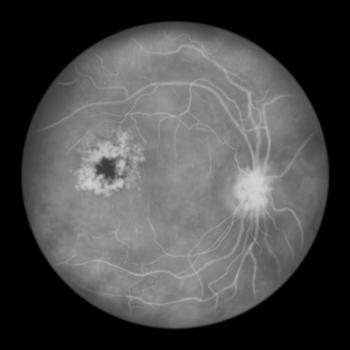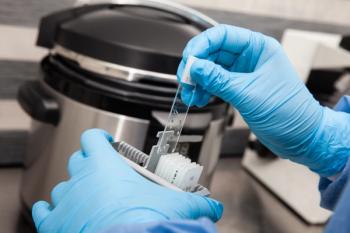
Report: Baby Cured of HIV
A child born to a mother infected with HIV and aggressively treated with antiretroviral therapy starting shortly after birth appears to have been cured of HIV.
A child born to a mother infected with HIV and aggressively treated with antiretroviral therapy starting shortly after birth appears to have been cured of HIV.
The first “functional cure” of a baby born with HIV was
The child, whose name and gender were not identified, was born prematurely in rural Mississippi in July 2010 to a mother who had not seen a doctor during her pregnancy and did not know she was infected with HIV. After testing suggested the mother was infected, the baby was transferred at 30 hours of age to the University of Mississippi, where it tested positive for HIV. The baby was then started on antiretroviral therapy with 3 drugs: zidovudine, lamivudine, and nevirapine. (Babies born to mothers infected with HIV are typically given prophylactic treatment.) The baby was discharged from the hospital at 1 week of age and put on antiretroviral therapy including zidovudine, lamivudine, and co-formulated lopinavir-ritonavir—the standard treatment for HIV-infected infants in the United States.
Tests of the infant’s plasma viral load were positive though diminishing on days 7, 12, and 20 of life, and were undetectable at the age of 29 days. Treatment of the child was discontinued at the age of 18 months for unclear reasons. When the child was seen by medical staff again after a 5-month gap, doctors expected to see high levels of virus, but found to their surprise that it was nonexistent on standard tests. Repeated standard testing through the age of 26 months continued to show no viral presence despite the fact that the child was not put back on antiretroviral therapy. Some viral genetic material continued to be detectable using ultrasensitive testing, but it was unable to replicate. For this reason, the case is defined as a “functional cure” as opposed to a “sterilizing cure” in which all viral traces are completely eradicated from the body.
There has been a single case of a sterilizing cure reported in an HIV-positive man, known as the “Berlin patient,” who received a bone marrow transplant from a donor with a genetic mutation that made him resistant to HIV. But researchers note that this is the first well-documented case of a functional cure in an HIV-infected infant. A possible explanation for the enduring cure is that the baby was treated before the virus could build up a reservoir. Adults, on the other hand, generally do not receive treatment right after they are infected, so the reservoir is able to establish itself.
“Our next step is to find out if this is a highly unusual response to very early antiretroviral therapy or something we can actually replicate in other high-risk newborns,” said Deborah Persaud, MD, a virologist at Johns Hopkins Children's Center and the study’s lead author, in a press release.
Transmission of HIV from mother to child is generally rare in the United States as infected mothers are generally treated during pregnancy and their newborns given prophylactic treatment. Despite the potential promise of early retroviral treatment, the researchers note that preventing transmission of HIV from mothers to children remains their primary goal.
“Prevention really is the best cure, and we already have proven strategies that can prevent 98 percent of newborn infections by identifying and treating HIV-positive pregnant women,” said Hannah Gay, MD, study coauthor and associate professor of pediatrics at the University of Mississippi Medical Center, who treated the infant in this case.
Newsletter
Stay informed on drug updates, treatment guidelines, and pharmacy practice trends—subscribe to Pharmacy Times for weekly clinical insights.


























































































































































































































